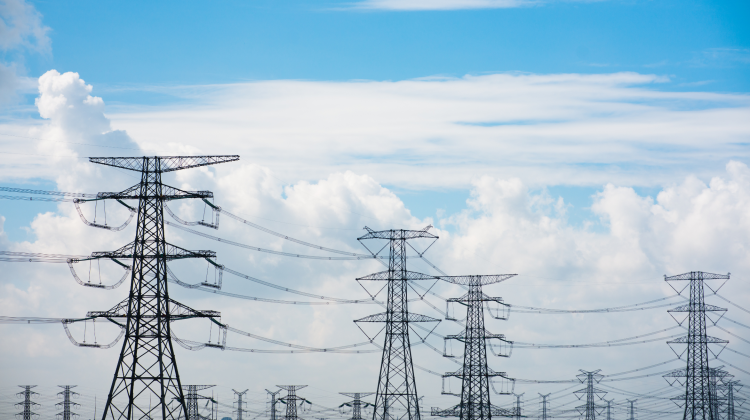The Green and Connected Spain Alliance will soon begin its stage of institutional engagement with national and regional administrations to promote its agenda for transforming the Spanish electricity system.
Formed by industrial, energy and digital stakeholders, its main objective is to achieve a regulatory framework and grid infrastructure that allow for the connection of more renewable energy projects and accelerate the country’s reindustrialisation.
“The Alliance was created to stress the urgency of rethinking the role of electricity infrastructure in the green reindustrialisation,” states Alejandro Labanda, Director of Ecological Transition at beBartlet and spokesperson for the Alliance.
In an interview with Strategic Energy Europe, he explains that the initiative emerged from an active listening process initiated in November 2023, where a consensus space was identified between stakeholders demanding faster grid access and those calling for greater remuneration to expand it.
“Stakeholders are asking for the same thing from different perspectives: the ability to connect and the freedom to invest in the grid,” he underscores.
The alliance has already prepared a position paper with a ten-point proposal that includes administrative streamlining, the removal of investment caps on the grid, an upward revision of network remuneration rates, and redistribution of grid reinforcement costs, which currently fall on the grid connection applicant.
“What we propose is that the cost of grid reinforcement should not be borne by the connector, but by the system as a whole,” states Labanda.
Additionally, the alliance advocates for optimising the existing grid, enabling mixed-generation and demand configurations, and promoting the deployment of locally manufactured industrial components. The proposals are addressed to the central government, the CNMC, and the autonomous communities, without exclusions.
“This is an issue affecting the entire country, and we will engage equally with all regional governments,” he maintains.
The institutional engagement phase is in its early stages. In the coming weeks, the Alliance will initiate meetings with different levels of public administration with the aim of sharing its proposals before the summer recess.
Regarding the follow-up mechanism, Labanda indicates that all activities will be reported transparently through social media and open communications.
One of the alliance’s defining features is its intersectoral nature. It includes leading actors from the energy sector such as Iberdrola and AELEC, retail and distribution (Carrefour, ANGED), mobility (Cabify, AEDIVE), and digital technology (Microsoft). “The proposals reflect a shared vision among sectors that do not usually interact,” he notes.
In terms of incentives, the alliance proposes enabling anticipatory investments in the grid, reducing the electricity tax burden, and revising the fiscal structure to prevent the final industrial electricity price from remaining high despite low-cost renewable generation.
“There is a paradox: we generate cheap renewable electricity, but taxation makes it expensive, discouraging its use over fossil fuels,” he explains.
When asked about points of disagreement, Labanda clarifies that “the alliance only advocates for what is unanimously supported.” Sector-specific debates were deliberately avoided, and he highlights that “each actor conceded something to build a shared position, and that has been key.”
Regarding success indicators, he points out that “the very launch of the alliance is already a success because it shows that public debate can be approached through collective construction.” In the future, they will assess the impact based on regulatory changes they are able to influence.
Strategic autonomy in an uncertain world
In a context of growing geopolitical tensions and the need for energy sovereignty, it is worth re-examining the role that access to renewable energy can play in strengthening Spain’s strategic autonomy.
Labanda argues that “greater access for industry to domestically produced renewable electricity reinforces the country’s strategic autonomy.”
In his view, this strategy not only reduces external energy dependence but also strengthens sovereign decision-making capacity in an uncertain global environment.
He believes that the ability to supply national industry with clean, locally generated electricity boosts economic resilience to international crises and provides a stable platform for attracting new value chains. This approach directly ties into the alliance’s structural and nation-building character.






























